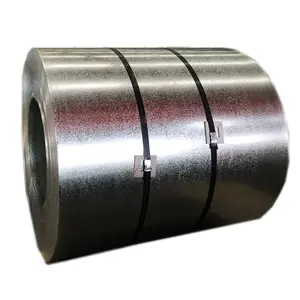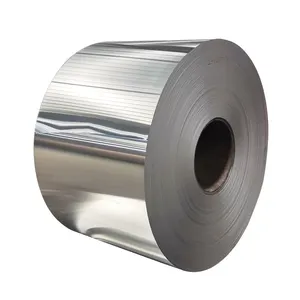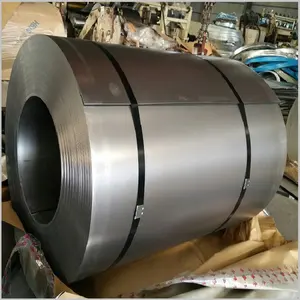A trim coil is a thin aluminum sheet designed for wrapping a home's exterior, including the window, porch posts, door casings, fascia, and drip edge. The aluminum coil protects these exteriors from harsh weather and is a decorative trim to beautify a home's exterior. It's installed around the window's perimeter to conceal the gap between the wall and the window frame, giving a finished appearance. This also helps to protect the underlying materials from moisture and wind. It's also commonly used where wood is exposed to weather elements to add protection and boost longevity.
Advantages of an Aluminum Coil
Trim coils are made from an alloy of aluminum. Aluminum is corrosion resistant, making it a good, durable material for exterior use and harsh weather. The coil stock is also coated with a polyester finish designed to make it tough, chipping, cracking, flaking, and peeling resistant. The polyester finish also makes the aluminum trim coil very easy to maintain.
The Aluminium material is also very lightweight and flexible, making PVC trim coils very customizable for exterior decor. The coil is cut and curved on-site to create customized trim that fits the project's aesthetics and specifications. Trim coils come in up to 20 colors to fit the user's color palette needs, especially if the installation is for decor. The wood grain trim is particularly liked for its natural aesthetic that is often associated with elegance and helps elevate the general curb appeal of the home.
How to Install a Trim Coil
One of the pros of using an aluminum trim coil is that it can be self-installed. It doesn't necessarily need an expert. However, the installer must follow the product's instruction guide since installation techniques vary among manufacturers and are sometimes based on the local building codes.
The first step of installation is cleaning the surface where the coil stock is to be fixed. The installer should remove all dirt, debris, and existing trim material. Second, the trim coil is cut and bent to fit the specific exterior, say the window door or patio. The length and shape of the cut coil are determined by the length of the surface where it is installed. The curved aluminum trim coil is then positioned and secured on the targeted surface with adhesives and fasteners, ensuring a water-tight hold. Once the coil is installed and secured, the last step is to trim off any excess material to achieve a seamless, aesthetically pleasing finish.
Safety Precautions for Installing Trim Coils
The operator should wear safety gear like gloves and eyewear when handling the trim coil. The tools for cutting and bending the trim coil should also be sharp enough and appropriate to avoid safety hazards.
































 浙公网安备 33010002000092号
浙公网安备 33010002000092号 浙B2-20120091-4
浙B2-20120091-4